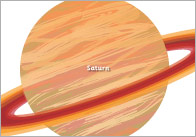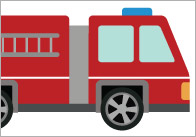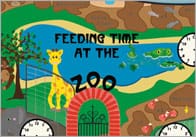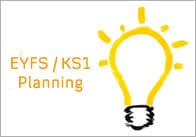Phonics Terminology
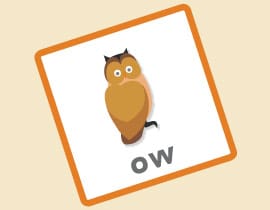
Whether you’re a parent, grandparent or even a teacher, it can be confusing navigating your way through the various terms used in the teaching of phonics. So we’ve put together a short guide explaining some of the relevant terminology.
What is a phoneme?
A phoneme is the smallest unit of sound in a language. In English, there are roughly 44 phonemes, though this number can vary with different accents. Phonemes are combined to form words.
What is a grapheme?
A grapheme is a written representation of a phoneme. Graphemes can consist of
- a single letter, such as ’s’.
- two letters, such as ‘th,’ as in the word ‘the’. This is also called a digraph.
- three letters, such as ‘igh,’ as in the word ‘night’. This is also called a trigraphs.
- four letters, such as ‘eigh. as in weight. This is also called a quadgraph.
What is a digraph?
A digraph is a grapheme made up of two letters that represents a single sound / phoneme.
See example 2 above.
What is a trigraph?
A trigraph is a grapheme made up of three letters that represents a single sound / phoneme.
See example 3 above.
What is a quadgraph?
A quadgraph is a grapheme made up of four letters that represents a single sound / phoneme.
See example 4 above.
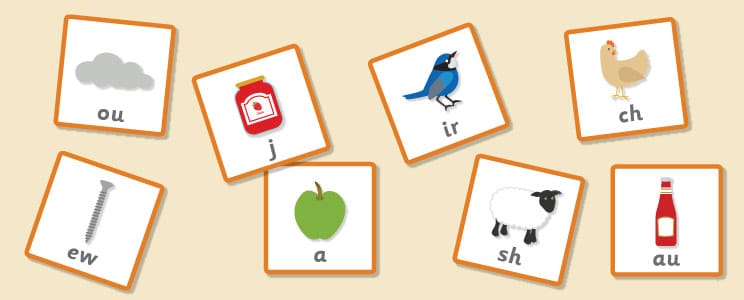
What is GPC?
GPC stands for Grapheme Phoneme Correspondence. To understand a GPC is to be able to associate a grapheme with its corresponding phoneme (and the other way around).
What are CVC words?
CVC refers to words that have a consonant phoneme, followed by a vowel phoneme, and then another consonant phoneme. Examples include Cat, Dog and Hat.
As a reminder the consonants are: B, C, D, F, G, H, J, K, L, M, N, P, Q, R, S, T, V, W, X, Y, Z
Vowels: A, E, I, O, U
It’s important to remember that this CVC definition is based on phonemes, not letters. On this basis, words like ‘spot’, ‘belt’ and ‘milk’ are considered to be CVC words. Conversely, words like ‘boy’ and ‘cow’ do not come within the CVC definition.
We have some CVC loop cards available on our site that you might find useful.
What are syllables?
Syllables are the beats in a word when it is spoken. For example, the word “syllable” has three syllables: syl-la-ble.
Other notable phonics terms
Oral blending
This involves listening to phonemes and successfully combining them to form words. Oral blending is a precursor to blending written words.
Blending
Blending is essentially the basis of reading. This process entails:
- Examining a written word and identifying each grapheme,
- Understanding which phoneme each grapheme represents (Grapheme-Phoneme Correspondences)
- Combining these phonemes to form a word.
Oral Segmenting
This involves hearing a whole word and then breaking it down into the individual phonemes that comprise it. Oral segmenting is a precursor to segmenting words to spell them.
Segmenting
Segmenting can be seen as the basis of spelling. It involves listening to a word and then:
- Breaking it down into its phonemes,
- Applying knowledge of Grapheme-Phoneme Correspondences (GPCs) to determine which graphemes represent those phonemes
- Writing those graphemes in the correct sequence.
You can download a printable pdf version of this document. This can be useful to give to parents.

Phonics resources
We have a huge number of printable resources on our site that can help with the teaching of phonics. They are broken down into the 6 stages of the Letters and Sounds programme – each stage has a different section on our site. you may also be interested in our phonics games section.
Popular Teaching Resources
Stay Up To Date
Sign up for our newsletter and we’ll let you know when we create new early years resources.


